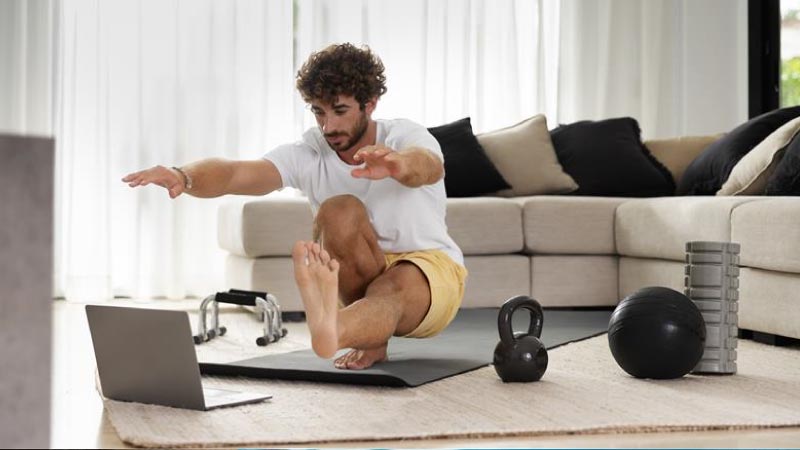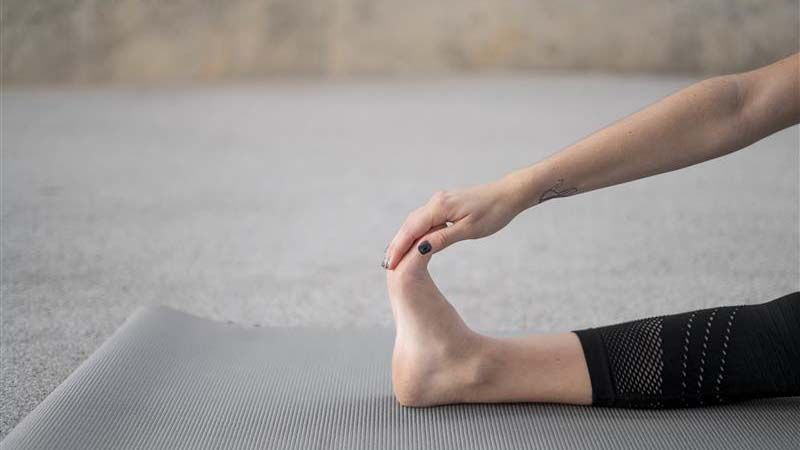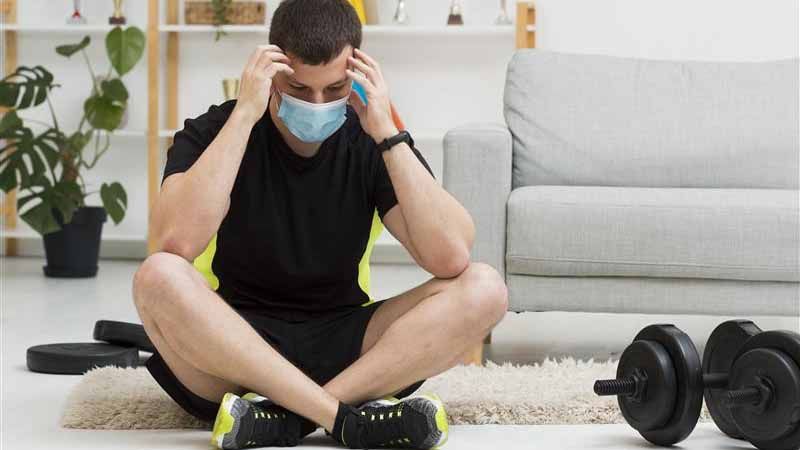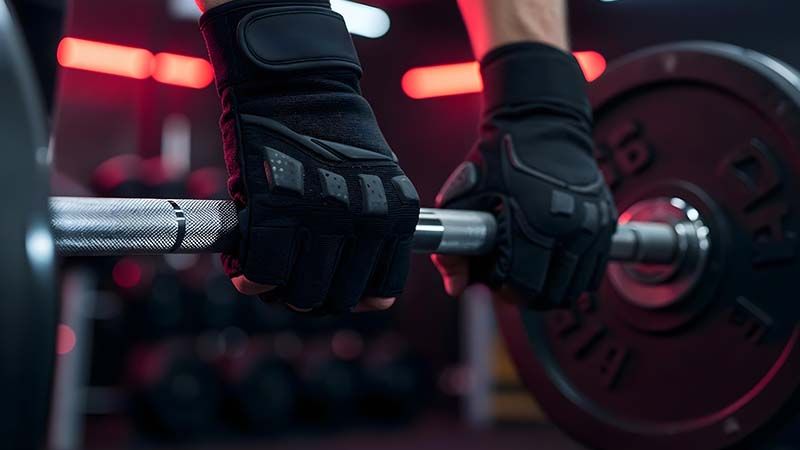Keys To Training Safely & Lifting Heavy At Home Without A Spotter
- 1 day ago
Home workouts have become increasingly popular in the last few years. Whether it’s because of busy schedules, convenience, or the rising cost of gym memberships, more people are investing in home gyms. And while training at home has many advantages like flexibility, privacy, and comfort, it also comes with challenges. One of the biggest? Lifting heavy weights safely without a spotter.
At the gym, a spotter (usually a training partner or coach) is there to help you lift heavier, prevent accidents, and provide encouragement. But when you’re training alone, that safety net disappears. This doesn’t mean you can’t push yourself; it just means you need to be smarter about how you train. With the right approach, you can still lift heavy, build strength, and make progress without putting yourself in danger.
Here are the keys to training safely and lifting heavy at home without a spotter.
Also Read: Home Workouts For 30+ Working Men For Quick Muscle Gain
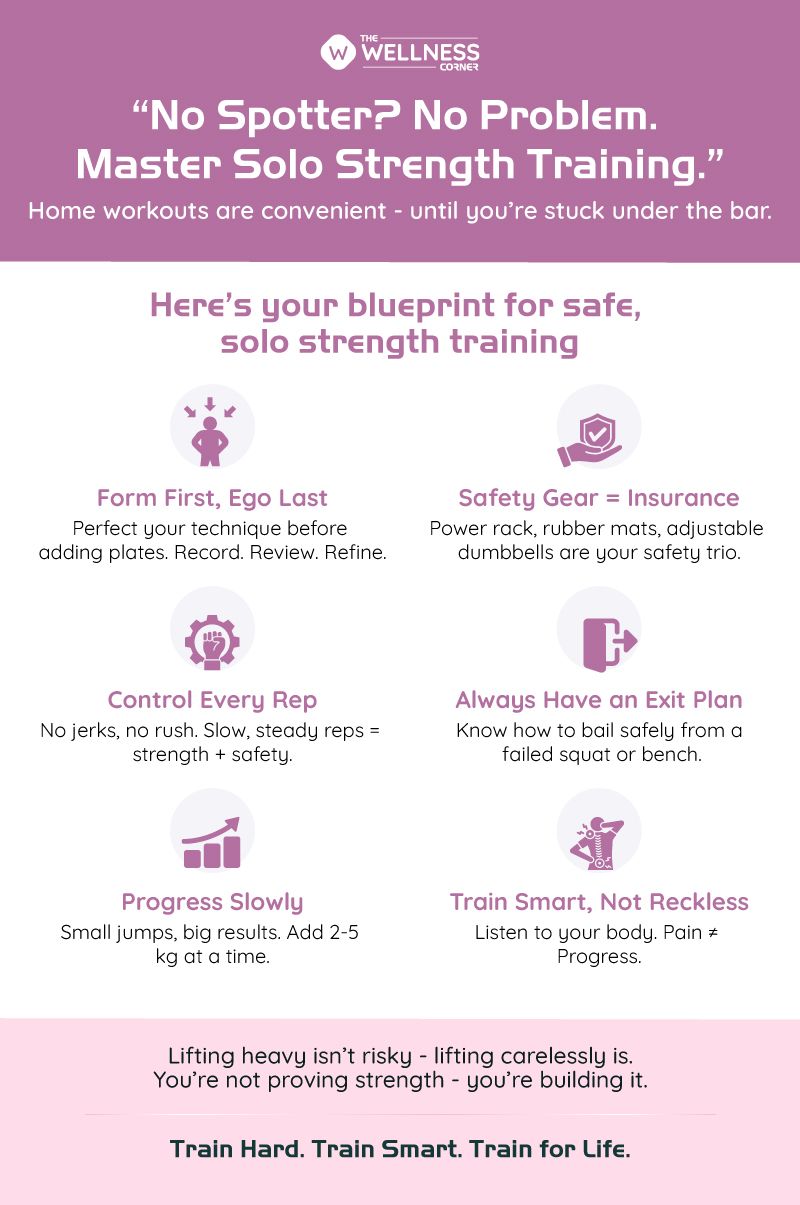
1. Master Your Form Before Going Heavy
Before you think about loading up a barbell or grabbing heavy dumbbells, focus on your form. Good technique is your number one defense against injuries, especially when you don’t have someone watching you.
- Start with lighter weights: Use a weight you can handle comfortably while practicing the correct movement pattern.
- Film yourself: Use your phone to capture your lifts on video. Reviewing footage helps you catch mistakes you might not notice in the moment.
- Mirror check: If possible, train near a mirror to correct your posture and alignment.
Remember: Good form under light weight equals safe form under heavy weight.
A Great Read: 4 Things You Wish You Knew Before Starting Lifting Weights
2. Invest in the Right Safety Equipment
If you’re serious about lifting heavy at home, some safety equipment can make all the difference.
- Power rack or squat cage: These come with safety pins or arms to catch the barbell if you fail a squat or bench press. They’re the gold standard for safe solo lifting.
- Adjustable dumbbells: These allow you to go heavy but still drop the weight safely to the side if needed.
- Resistance bands: Great for adding intensity without the same risk as free weights.
- Flooring: Set up on a solid lifting platform or use rubber mats to stabilize your equipment, safeguard your flooring, and reduce strain on your joints.
Think of it this way: investing in safety equipment is like paying for insurance. It’s not something you’ll always need, but when the moment comes, you’ll be thankful you have it.
3. Control Every Rep
When training without a spotter, control is everything. Avoid explosive jerks or sloppy reps that can throw you off balance. Instead, focus on:
- Lowering the weight slowly (eccentric phase).
- Keeping tension throughout the movement.
Controlled reps not only keep you safe but also increase time under tension, which is great for muscle growth.
Also Read: Signs Your Workout Is Harming You Instead Of Helping
4. Always Have An Escape Plan
When you’re training alone, you need to know what to do if you can’t complete a rep. Here are some practical escape strategies:
Bench Press:
- Don’t use collars on the bar. If it gets stuck, angle one side so the plates can slip off.
- Better yet, switch to dumbbells. If you fail, just drop them to the floor.
Squats:
- Train inside a squat rack with safety pins set just below your bottom squat depth.
- Practice bailing out, letting the bar roll off your back safely if needed.
Overhead Press:
- Stand in an open space with no clutter. If you fail, drop the barbell forward or behind safely.
Having a plan reduces fear, which helps you lift more confidently.
5. Progress Slowly And Steadily
The fastest way to get injured at home is to make huge jumps in weight. Without a spotter, you should aim for gradual, consistent progress.
- Add weight gradually, about 2-5 kg at a time.
- Follow the 2-for-2 rule: If you’re able to perform two additional reps with proper form in two consecutive sessions, it’s a sign you should move up in weight.
- Track your workouts so you can measure progress safely.
Remember, lifting is a marathon, not a sprint. Long-term consistency beats short-term risk-taking.
6. Explore Safer Strength-Building Alternatives
Heavy barbell lifts aren’t the only way to get strong. Training alone at home gives you a great opportunity to try out different approaches:
- Tempo training: Slow down your lifts, especially during the lowering phase, to increase difficulty without adding more weight.
- Unilateral (single-limb) exercises: Split squats, lunges, or single-arm presses challenge your stability and strength with lighter loads.
- Bodyweight progressions: Push-ups, pull-ups, pistol squats, and dips can build significant strength when done correctly.
- Weighted vests or sandbags: Great for progressive overload in a safer, more natural way.
7. Prioritize Warm-Up And Mobility
It’s tempting to skip warm-ups when training at home, but don’t. Cold muscles and joints are more prone to injury, especially under heavy load.
- Start with 5-10 minutes of light cardio (jumping jacks, cycling, or skipping rope).
- Follow with dynamic stretches like leg swings, arm circles, and hip openers.
- Do lighter sets of your main exercise before going heavy.
After training, cool down with static stretches or foam rolling to improve recovery and prevent stiffness.
8. Train Smart, Not Recklessly
One of the most underrated keys to training safely is listening to your body.
- If you feel sharp pain, stop immediately.
- If your form is breaking down, reduce the weight.
- If you’re overly fatigued, focus on lighter, quality work instead of forcing heavy lifts.
Lifting alone requires self-awareness. Push yourself, but don’t cross into recklessness.
9. Keep Your Training Space Safe
Your workout environment matters just as much as your technique.
- Train in a well-lit area.
- Keep the floor clear of clutter (weights, cords, water bottles).
- Use non-slip mats to prevent slipping when sweaty.
- Stay hydrated; dehydration increases fatigue and reduces focus.
A safe training environment keeps you focused on lifting, not dodging hazards.
10. Know When To Seek Help
Even if you love training solo, it’s okay to seek support occasionally.
- Schedule occasional sessions at a gym where you can push heavier with a spotter.
- Ask a friend or family member to be nearby when attempting your heaviest lifts.
- Use online coaching; some trainers offer virtual form checks and guidance.
Remember: strength training is about long-term progress. If asking for help once in a while keeps you safe, it’s worth it.
Take A Quick Assessment To Learn If You Are Ready To Work Out On Your Own: Click Here

Final Thoughts
Training heavy at home without a spotter is absolutely possible, and it can even make you more disciplined and self-aware. The key is to prioritize safety, control, and smart progress. Master your form, use the right equipment, plan for failure, and explore alternative training methods that reduce risk while still building strength.
At the end of the day, the goal isn’t just to lift heavy, it’s to lift heavy safely so you can keep making progress for years to come.
